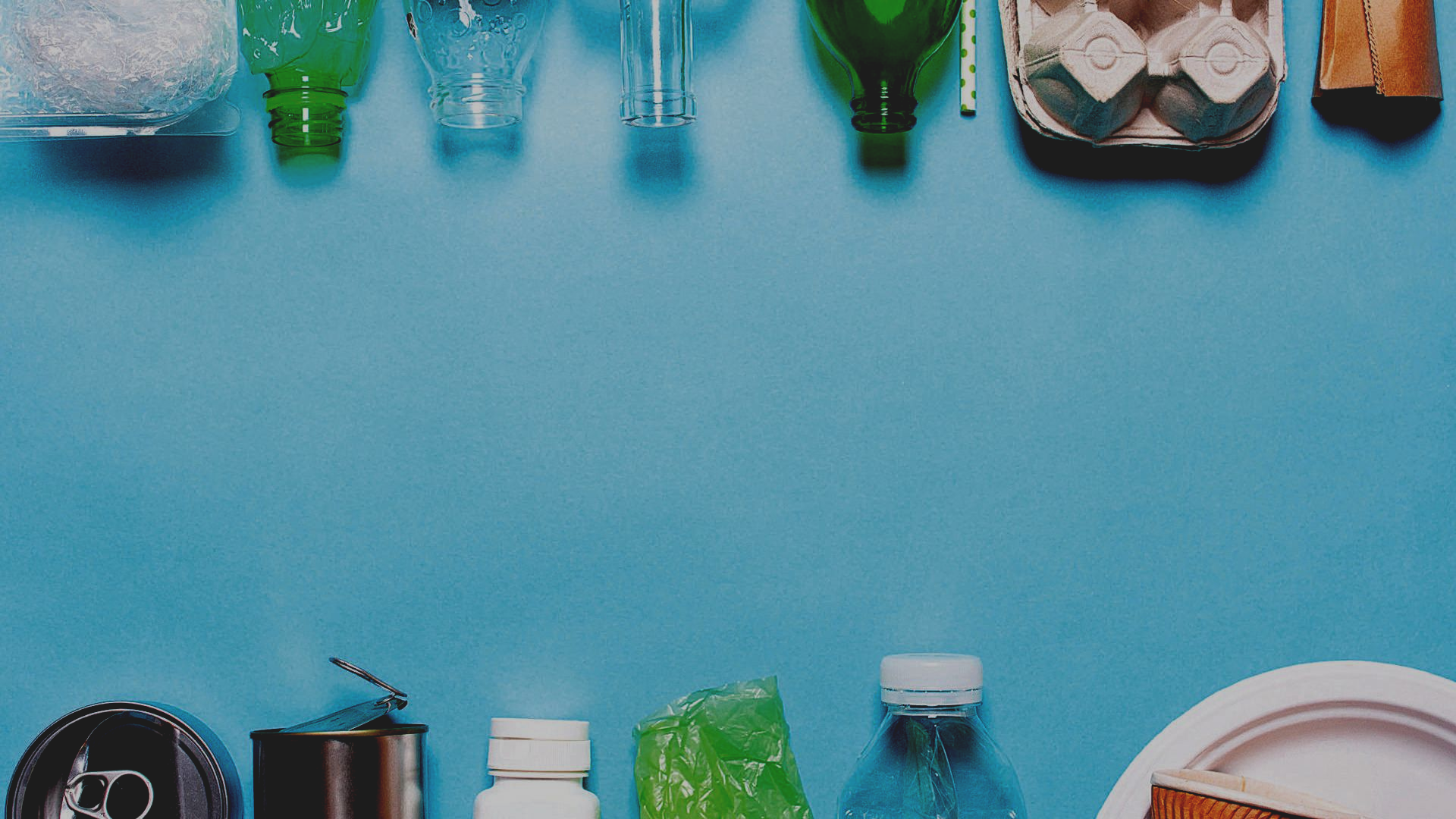Interstate Refrigerant Recovery Inc.
We are pleased to welcome Interstate Refrigerant Recovery Inc. as a new Supporting Advisory Members to the Northeast Recycling Council
Since their start in 2000, Interstate Refrigerant Recover Inc. (IRRI) has grown more every Year. They currently work with over 500 towns, municipalities, scrap yards and large commercial contractors in the Northeast to recover all freon from different types of units. Their work involves recycling refrigerant from appliances that are dropped off at transfer stations, and other companies in the New England area. The importance of their work lies in the recycling of refrigerants which are part of household items such as air conditioners, dehumidifiers, refrigerators, water coolers, and some water heaters now. Refrigerant can also be found in large commercial appliances and commercial rooftop chillers.
Freon, another word for refrigerant, is an essential part of all cooling appliances but is dangerous as it contains chlorofluorocarbons (CFCs) which are detrimental to our ozone layer. CFCs were invented around a century ago and it wasn’t until the 1970s that their harmful effects were discovered. Since then, the Environmental Protection Agency has worked to implement regulations of CFC’s. IRRI’s work is crucial as they help facilitate the proper disposal and recycling of these substances. Interstate Refrigerant doesn’t only recover all refrigerant they also have their sister company Refrigerant Solutions Inc. where all freon is brought and reclaimed or sent out to other Companies for further processing or Disposal.
IRRI has had the privilege to be able to work with large entities including Yankee Stadium, Mass General Hospital and on some decommissioned Navy Vessels to properly remove and recycle refrigerant. The scale of their work is not only impressive but also critical for the safety of our environment and preserving the current state of our ozone.
“Protecting the Environment and Ozone Layer for the Future of Our Children”
NERC is pleased to welcome IRRI as a new Supporting Advisory Member. We look forward to seeing them expand in the Northeast and continue to do the extremely important work they do.
For more information about the IRRI click
here
Share Post





